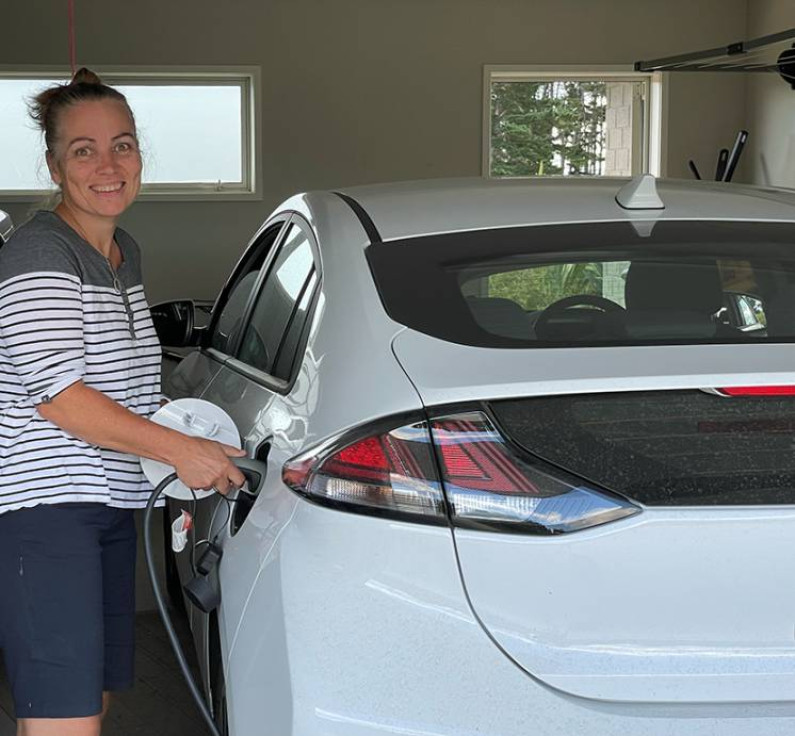Charging is an obvious consideration in making the transition to fully electric vehicles. however to best meet the needs of their people, Kāinga Ora first needed to understand how and where they travel—the short answer is, in many different ways!
With such a variety of roles and locations across the country, they found that some of their people spend the majority of their time out in the community, while others are in and out of the office. In addition, most of their vehicles are kept at private residences outside of work.
So while office charging was a given, they also needed to understand what role home charging may play in their transition and how this could work. Their pilot therefore involved both office and home charging.
Given home charging was new ground for Kāinga Ora, they put the call out for volunteers keen to learn alongside the project team as to how to best make the transition to a fully electric vehicle with priority given to those with homes that met their suitability assessment (off-street parking and access to a power source etc).
The initial Kāinga Ora home charging pilot included 24 people across 17 locations. Over a couple of months, they engaged regularly with the group to build knowledge around charger and electric vehicle use. All participants were required to supply information and sign an agreement to enable the install, with installations managed effectively between the supplier and a number of subcontractors. The choice to use ‘smart’ chargers meant that KwHrs are monitored, enabling reimbursement through the Kāinga Ora internal financing system. To date they have installed 25 home charging stations with positive initial feedback.
One pilot participant Darryl van der Westhuizen, Senior Advisor Health and Safety, has successfully completed a daily distance of up to 700km with only two charges of 30-40 minutes needed. He says, “I’ve been really impressed by the distances that I’m able to travel between charges, which does require a bit more forward planning on long trips. I like to make sure I’ve always got a couple of hundred kilometres up my sleeve and that I have a Plan B when using public chargers, just in case.”
Another participant, Operations Manager Sonja Clearkin said, “I’m now in my third month of driving the sassy, quiet and comfortable Hyundai Ioniq EV, and I’m impressed to have my own ‘petrol station’ in the garage. I tend to charge my car once a week, which gives me about 300km, and the cruise control is very smart, taking care of my safe gaps and keeping me within speed limits. For any sceptics let me tell you - take the leap, you won’t regret it, and how cool to be doing your little bit for the environment too!
The next step for Kāinga Ora is to refine their processes for providing home chargers. This involves creating evidence-based guidance around its use as a charging solution, and if a viable option, ensuring their processes support a smooth roll out across the organisation.
